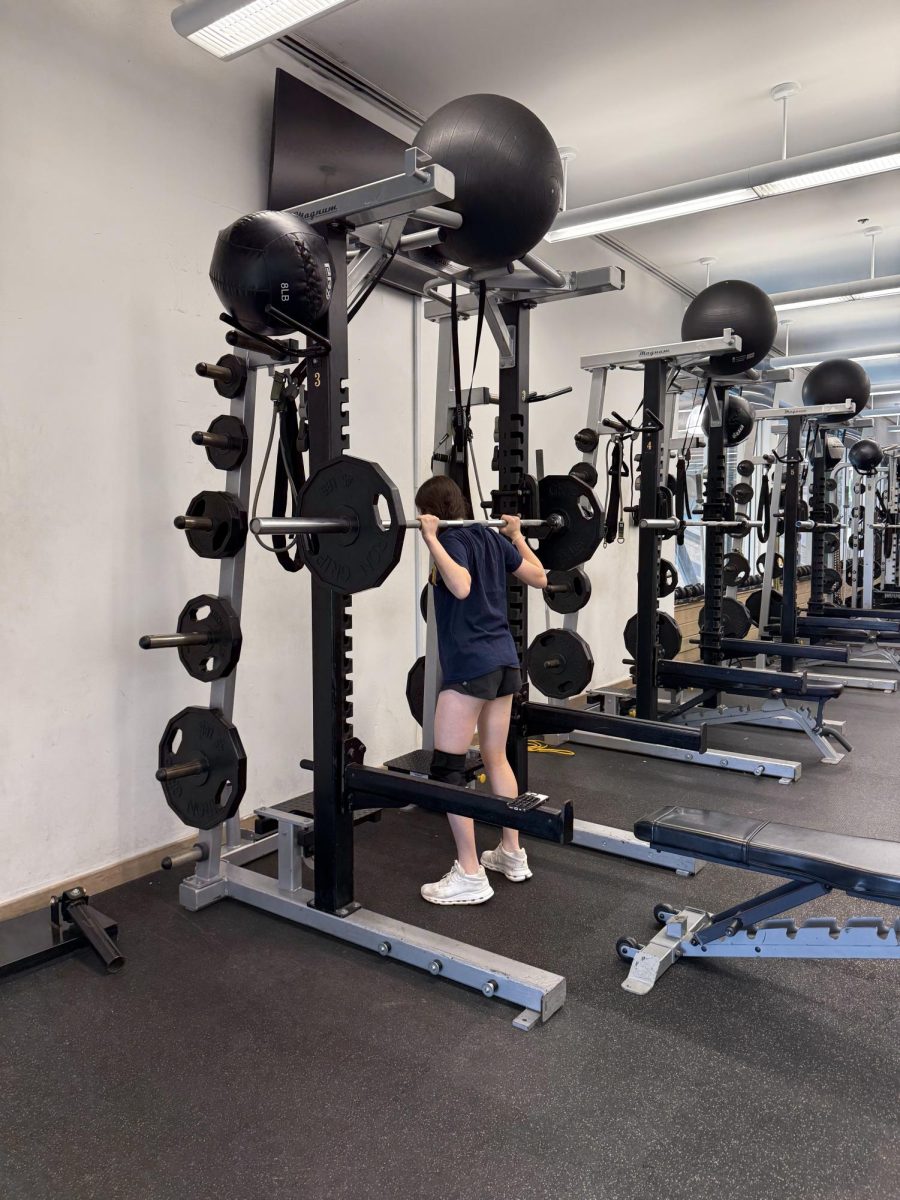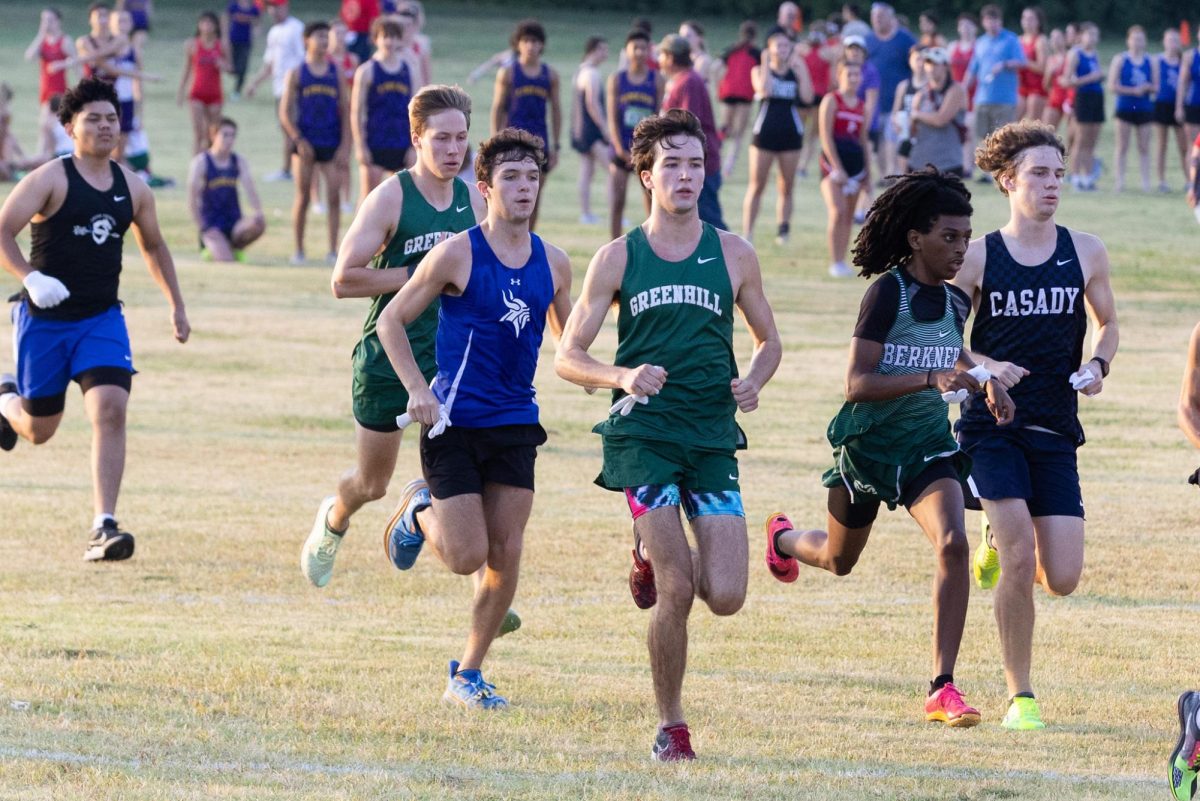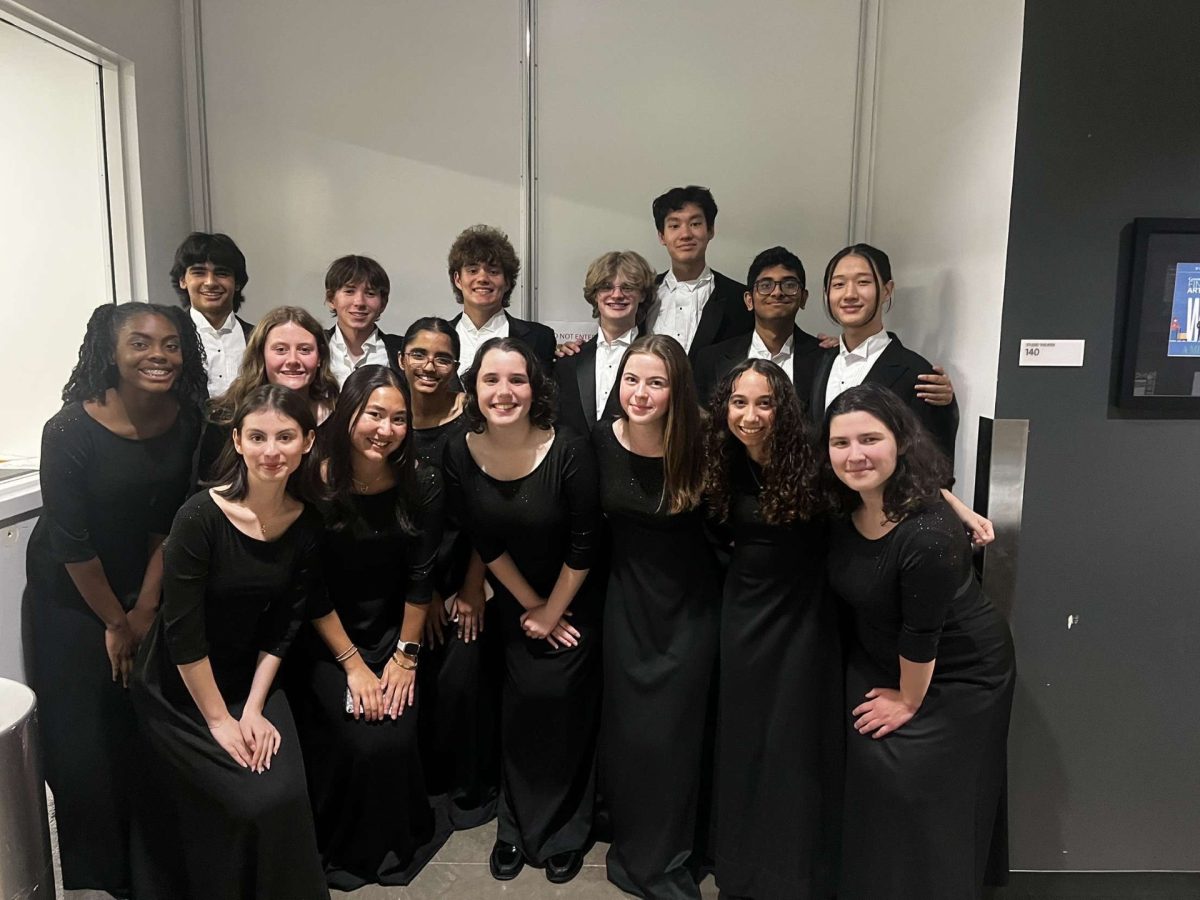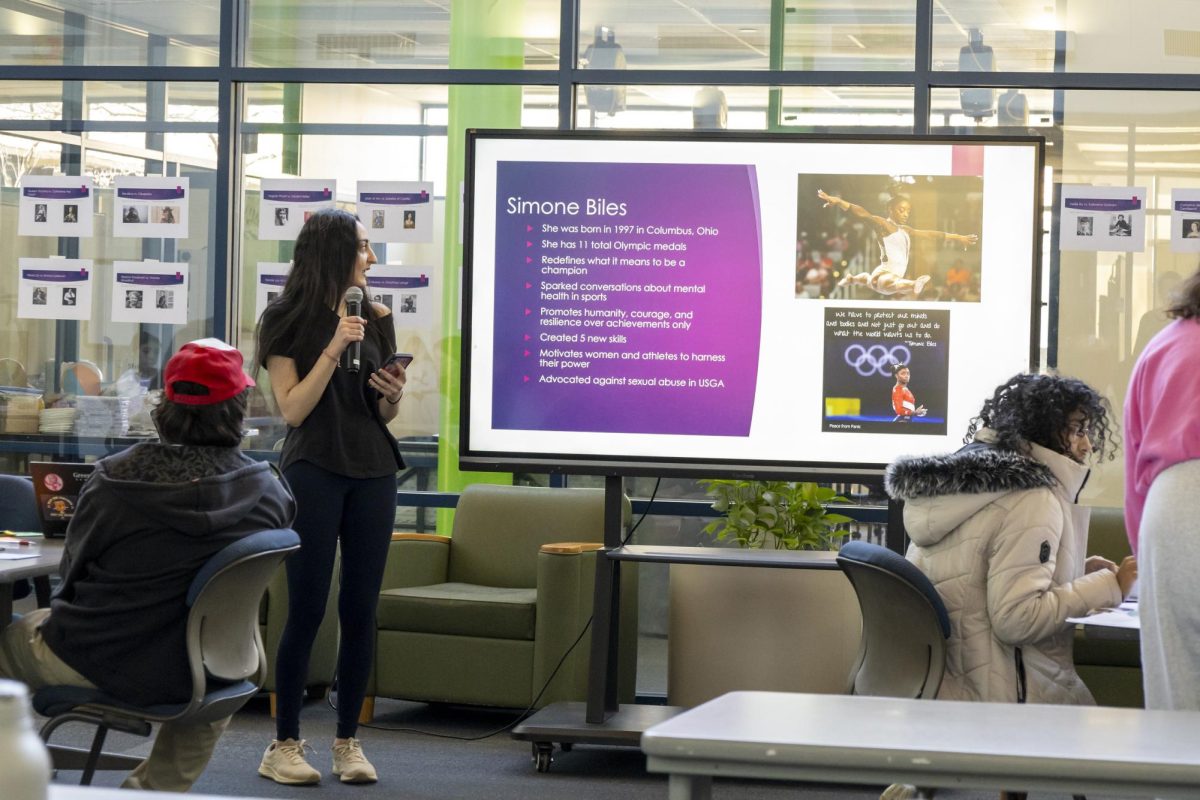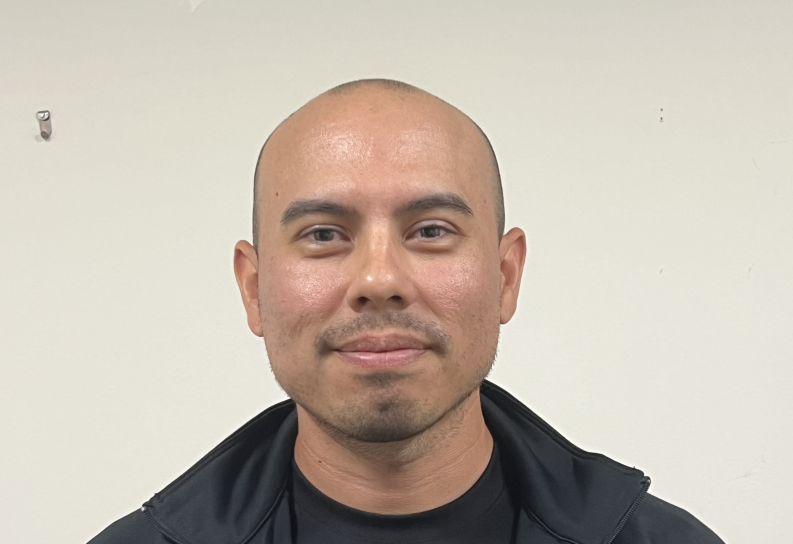Greenhill Goes Virtual
Examining How School Functions in Each Division
Students joining classes via Microsoft Teams.
April 15, 2020
Amid the Covid-19 pandemic, the switch from a “brick-and-mortar” classroom setting to online school has differed for each division at Greenhill.
With students ranging from kindergarten through 12th grade, Greenhill administrators are trying to find ways to accommodate all levels in an online setting. The key question: What is the best possible way to ensure that every student has a quality learning experience?
For each division, the answer is different.
Lower School
Like other divisions on campus, Lower School has been forced to make this transition hastily. So, as time progresses, procedures are being continuously adapted to the needs of students and parents.
Teachers have created a place where all students are able to access assignments and resources and have created video lessons for many of their students. In the second phase of this transition, the Lower School added daily morning meetings for homerooms.
Lower School is a time of rapid growth for many students. Thus, each grade requires different changes to facilitate a successful transition.
“Just like at school, the fourth graders can be much more independent than our first graders,” said Head of Lower School Michael Simpson. “This is reflected in the assignments, tasks and feedback collected.”
Teachers have had to work hard to create lessons and an education plan that works well for their students. But for students and teachers alike in the Lower School, the hardest part seems to be the lack of a personal connection.
“I think this transition is the hardest for the families of our youngest students because their learning in general requires much more teacher support and attention than older students, whether that is at school or at home,” Simpson said. “We can’t replicate the school classroom at home, even with Zoom.”
The Lower School has tried to implement metrics to ensure that students do not fall behind. Teachers are collecting work and are available during “office hours” to help students. Learning specialists are also available to assist students who need the help.
However, this transition seems to be the most difficult for parents.
“So, I think overall, this transition is most challenging for the parents of young children, especially multiple young children, as they try to support their kids and also do their own jobs, all against this frightening backdrop of the pandemic,” Simpson said. “My hat goes off to those parents, because they are working extremely hard right now to hold it together.”
Middle School
The Middle School is also trying to ensure that all students get the learning experience that they need.
The division is following the same Monday-Friday schedule. Every day, students have check-ins with their advisors. The advisors help their students plan a schedule for the day that would allow them to complete as much work as possible before the end of the normal school day.
Like other divisions, Middle School is constantly looking at possible changes that would increase the effectiveness of their education. And while the transition has been difficult, to say the least, Middle School teachers have risen to the occasion, Head of Middle School Susan Palmer said.
“The teachers are rock stars, spending hours learning a new environment, new platforms and technology, and shifting their programs to be more accommodating to the new environment,” Palmer said. “It’s a lot of work, and the teachers are terrific in their desire to remain connected to their students.”
Students are missing their friends and teachers, but they are trying to do everything possible that allows students and teachers to connect, Palmer said.
Key concepts and skills that are missed during this time will be accommodated for in the fall, according to Palmer.
“There is no ‘falling behind’ in Middle School because our kids have lots of time to build their skills and knowledge banks,” Palmer said. “In the virtual learning environment we have just created, it is important that we realize that school looks and feels different than when it is experienced face-to-face. Based on the classes I have visited, students are engaged and progressing, just in a different manner than we are accustomed to.”
Upper School
For online learning in the Upper School, the well-being of students as well as the connections between students and teachers are seen as the most important objectives at this time.
“The Upper School faculty and staff have done incredible work over these two weeks to institute a system where relationships are a priority, structures are formed to maintain a level of skills in our students, and the wellbeing of all members of our community is paramount,” Head of Upper School Trevor Worcester wrote in an email to families.
While the division has maintained its A-F schedule system, students are not staring at a computer screen all day long. Each day, students have up to three synchronous classes where they meet with their entire class on a live Microsoft Teams call. On the days where a class meets asynchronously, students are assigned material to work on, as well as given a chance to meet with their teachers one on one.
Additionally, in order to emphasize the importance of relationships as well as the physical and mental health of students, the Upper School has reoriented its grading policy for the third trimester.
The third trimester will be weighted as 20% of the yearlong grade and individual class grades for the trimester will be shifted toward focusing on daily participation and smaller assignments, which will now constitute 70% of that class’s grade.
Additionally, the Upper School has instituted a “do no harm” policy, where the grades that a student earns within the trimester for a yearlong class can only maintain or improve their overall grade. The requirements for this policy are that students must attend and engage in classes and complete all assignments.
“By far, I think teachers have done an outstanding job shifting to online,” Worcester said. “This is an unprecedented move, and while there may be a few glitches here and there, I think overall this experience will help inform and emphasize what best practices are overall for teaching, not just online teaching.”






